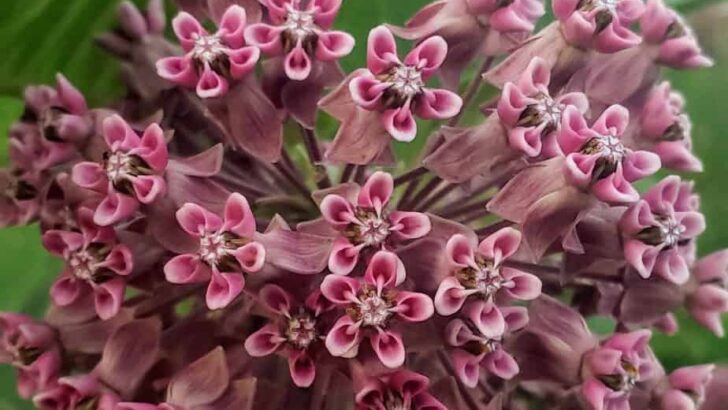Want More Monarchs? Plant Milkweed In Your Garden
It’s springtime, and while we’re very much relegated to hanging out close to home, and for some of us, that’s allowing for time in our gardens! Have you ever taken the time to look at all of the life that you have in your garden? From butterflies to bees. Earthworms to other things we may not always care for. The truth is, they’re all important in the grand scheme of things, especially pollinators. The one pollinator we’re going to talk about today is the Monarch Butterfly. Have you seen any lately?
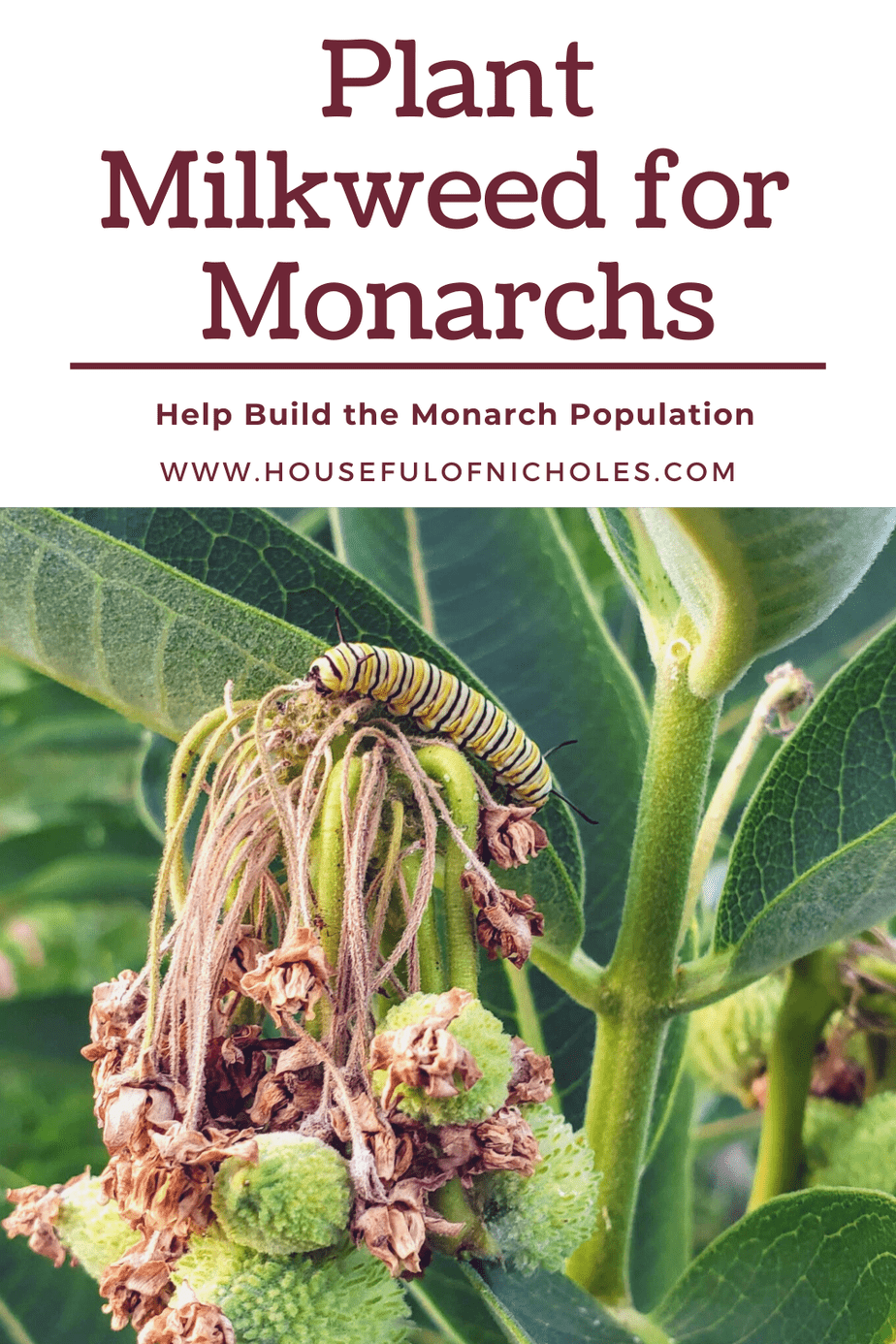
I’m partnering with the Bayer Bee Care Program who has partnered with Iowa State to help save the monarchs AND help document where Monarch Butterfly habitats are being planted with the Habi-Tally app!
By planting monarch habitat and recording these efforts in the HabiTally app, we can all do our part to support monarch butterflies this spring. This habitat is made up of milkweeds and other native nectar flowers. Milkweeds are a group of flowering plants that not only provides food for monarch caterpillars but is also the only place they lay their eggs. In addition, having a variety of other flowers that produce nectar throughout the spring, summer and early fall will help provide a food source for the adult monarch butterflies as they migrate across the landscape during these seasons. We can plant monarch habitat in our gardens or in other unused areas on our properties. Record both your new planting efforts or any monarch habitat and milkweed that already grows on your land in the HabiTally app.
HabiTally, a free mobile app developed by The Climate Corporation and Bayer and donated to Iowa State University (ISU), is available in the Apple app store and enables users to enter data about their monarch habitat conservation efforts. The information is shared by ISU to the USFWS and contributes to their understanding of restoration projects taking place across the nation. With enough action, monarchs may be secure enough to not join the Endangered Species list! Make sure to record your efforts by May 31, 2020, to be taken into consideration by the USFWS.
*Please note: Information collected in HabiTally will be made anonymous and aggregated at the county level. Users will be able to see a national account of efforts logged using the app.
If not, maybe you should make a special place in your garden for them. While it’s too late to plant milkweed directly in the ground for the season, you CAN get some and hold it until the fall season starts, so that you can be ready to go next spring!

Did you know that the Monarch Butterfly is on the endangered list, primarily because of habitat loss? Many of their habitats are in jeopardy and that can totally throw off those of us who are growing food or flowers in our backyards. Which is why I really want you to join our houseful in our quest to build those habitats back up AND document them for research purposes.
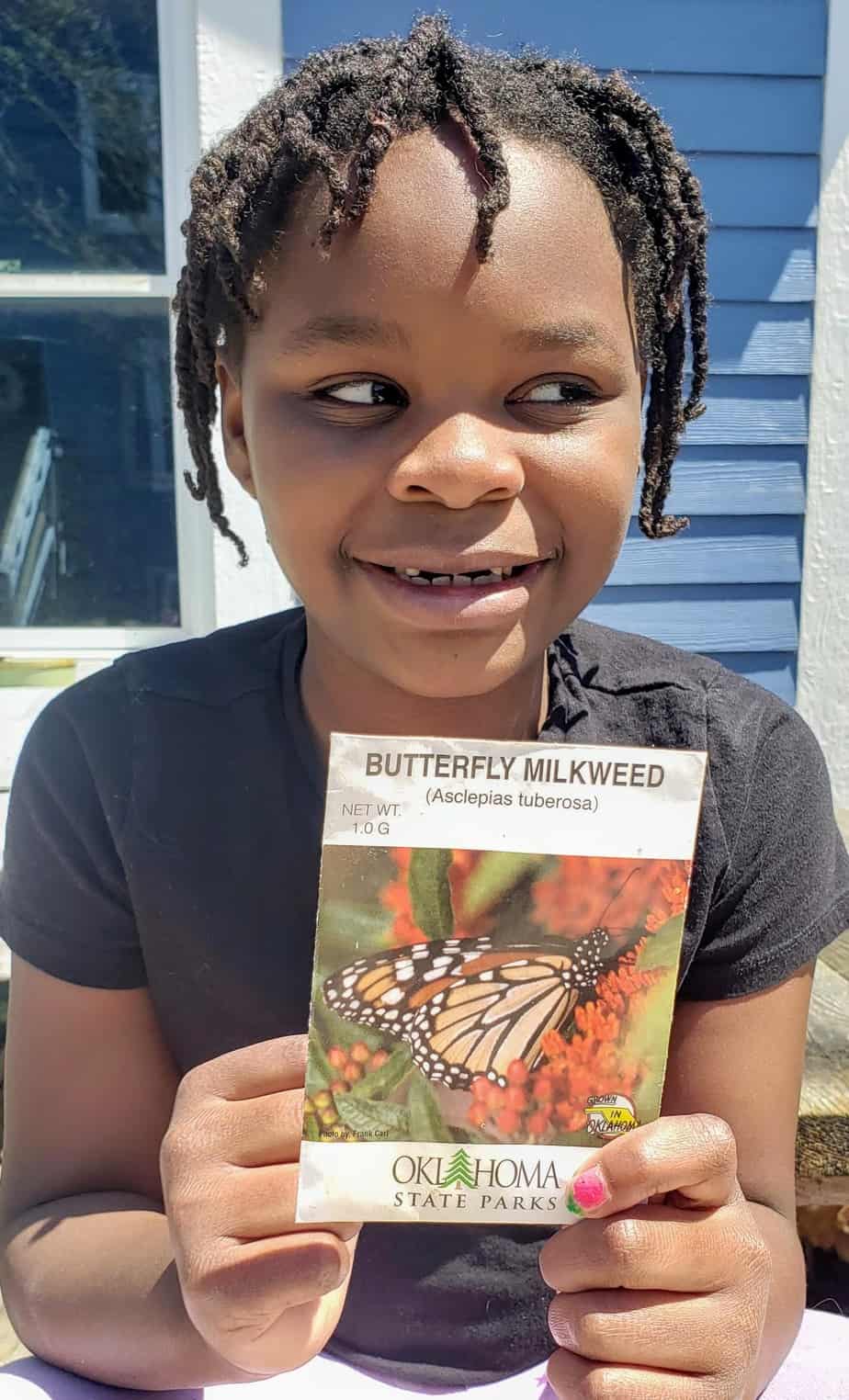
One of the best ways to create a butterfly habitat is to plant a pollinator garden in your backyard. It doesn’t need to take up the entire space and can often be a patch of land where you don’t really know WHAT to put there. There are several pollinator mixes that are sold, however, you can reach out to your local university extension for seeds that are native to your area to get started. 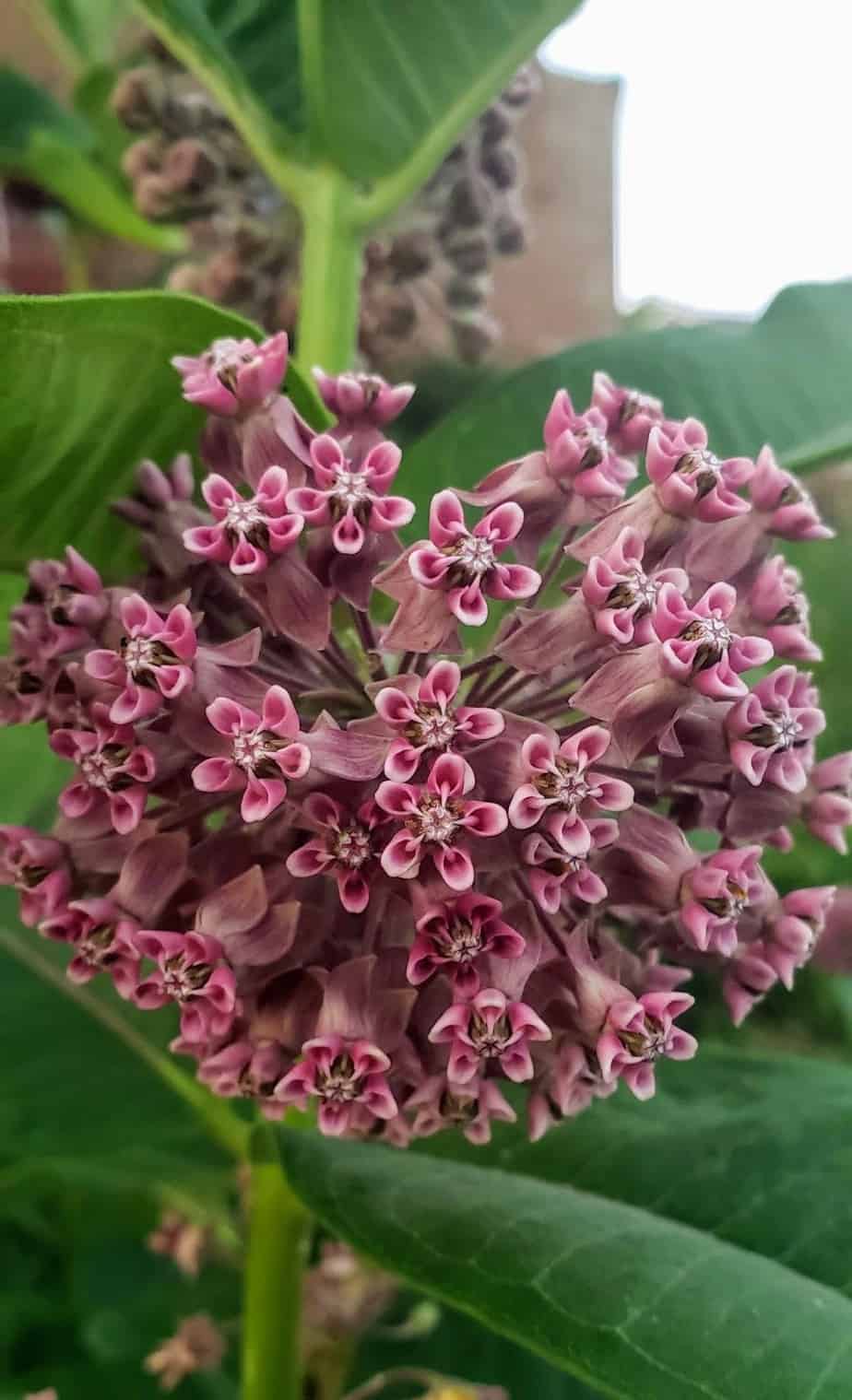
My farmer’s apprentice is all smiles when it comes to encouraging pollinators - even if they aren’t the ones that we want to see - we’re talking to YOU flies! We do try to leave quite a few of the native flowers around the perimeter of our farm to encourage them to come on through. We also plant lots of veggies with bright yellow flowers to entice them as well.
If planting food isn’t your thing, but you still want to do your part to help increase the Monarch Butterfly population, you can snag a couple of these perennials (plants that return year after year) for your garden and plant them now to establish your garden and enjoy the buzzing bees and butterflies for years to come. As long as you make sure not mow them down (it’s been down) or use any treatments on or around them meant to remove weeds or foliage, you should be good.
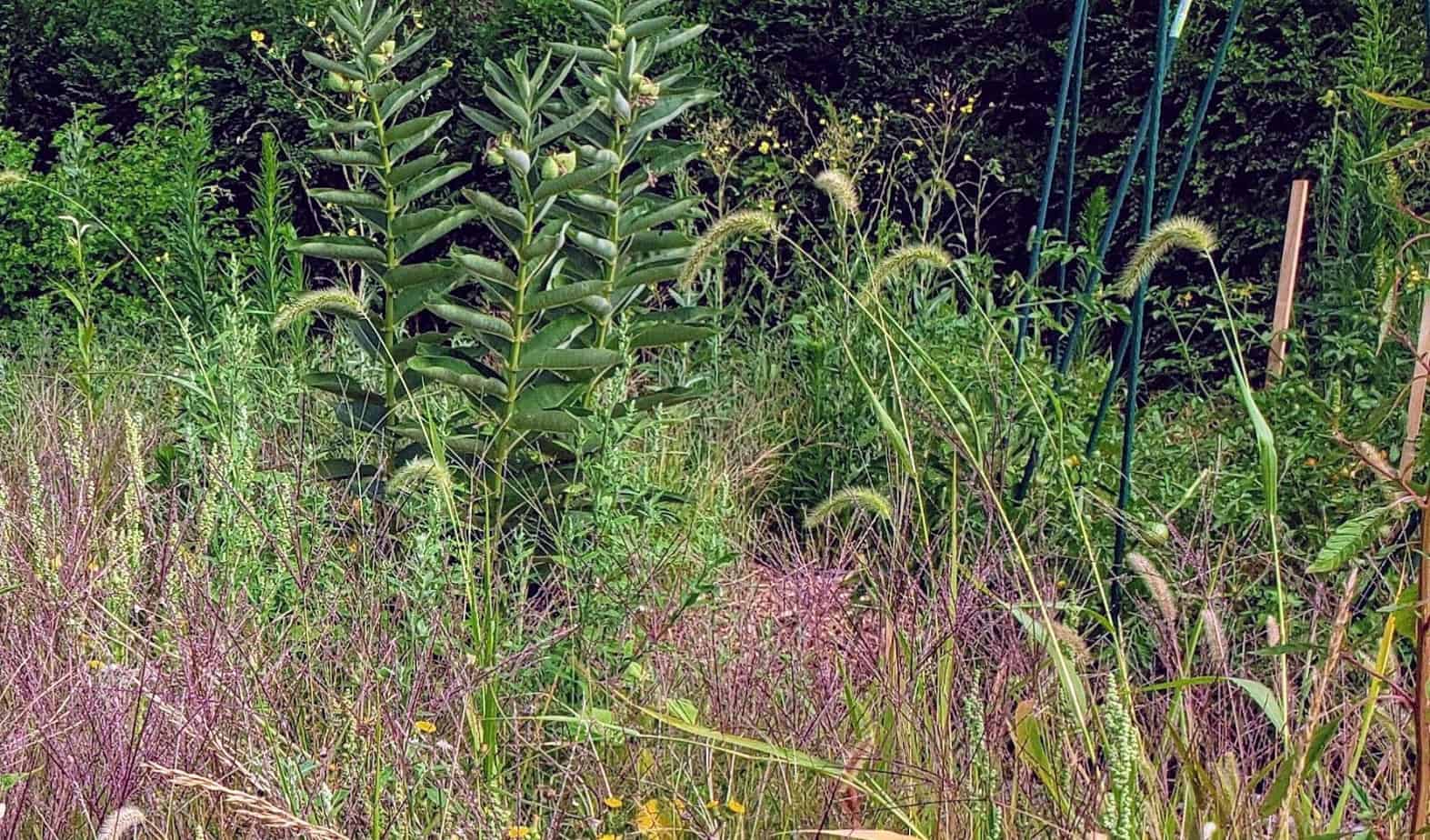
Milkweed is the most important plant to the survival of the Monarch Butterfly since they exclusively lay their eggs on the milkweed plant. The milkweed leaves are the only food that the newly hatched caterpillars will eat since the milky white sap is something that they need in order to stave off predators. You can also plant butterfly bush, butterfly weed, bee balm, and thistle to attract these important pollinators.
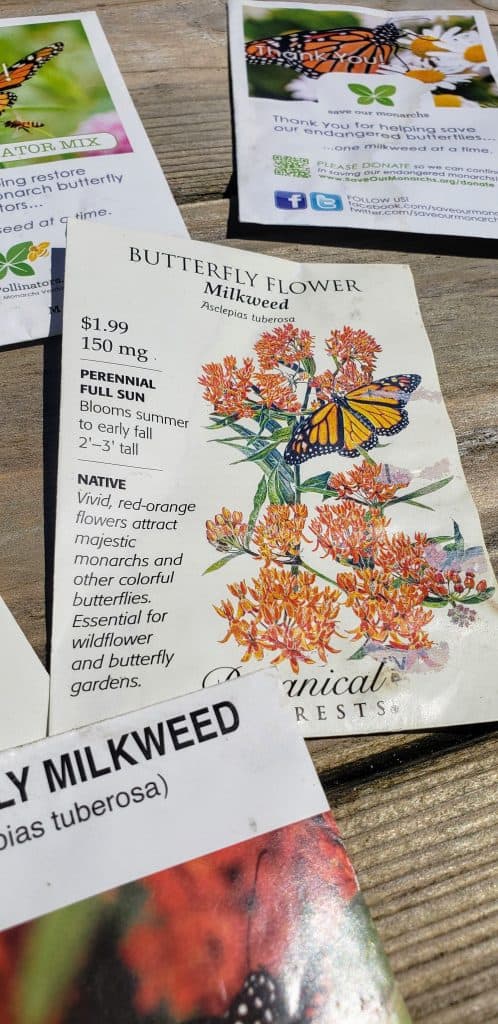
Once you have planted your butterfly habitats make sure to upload the information into the Habi-Tally app to update the information, especially if you live in one of the states on the Monarch Butterfly migration route. Those states are:
- Illinois
- Indiana
- Iowa
- Kansas
- Michigan
- Minnesota
- Missouri
- Nebraska
- Oklahoma
- Ohio
- Texas
- Wisconsin
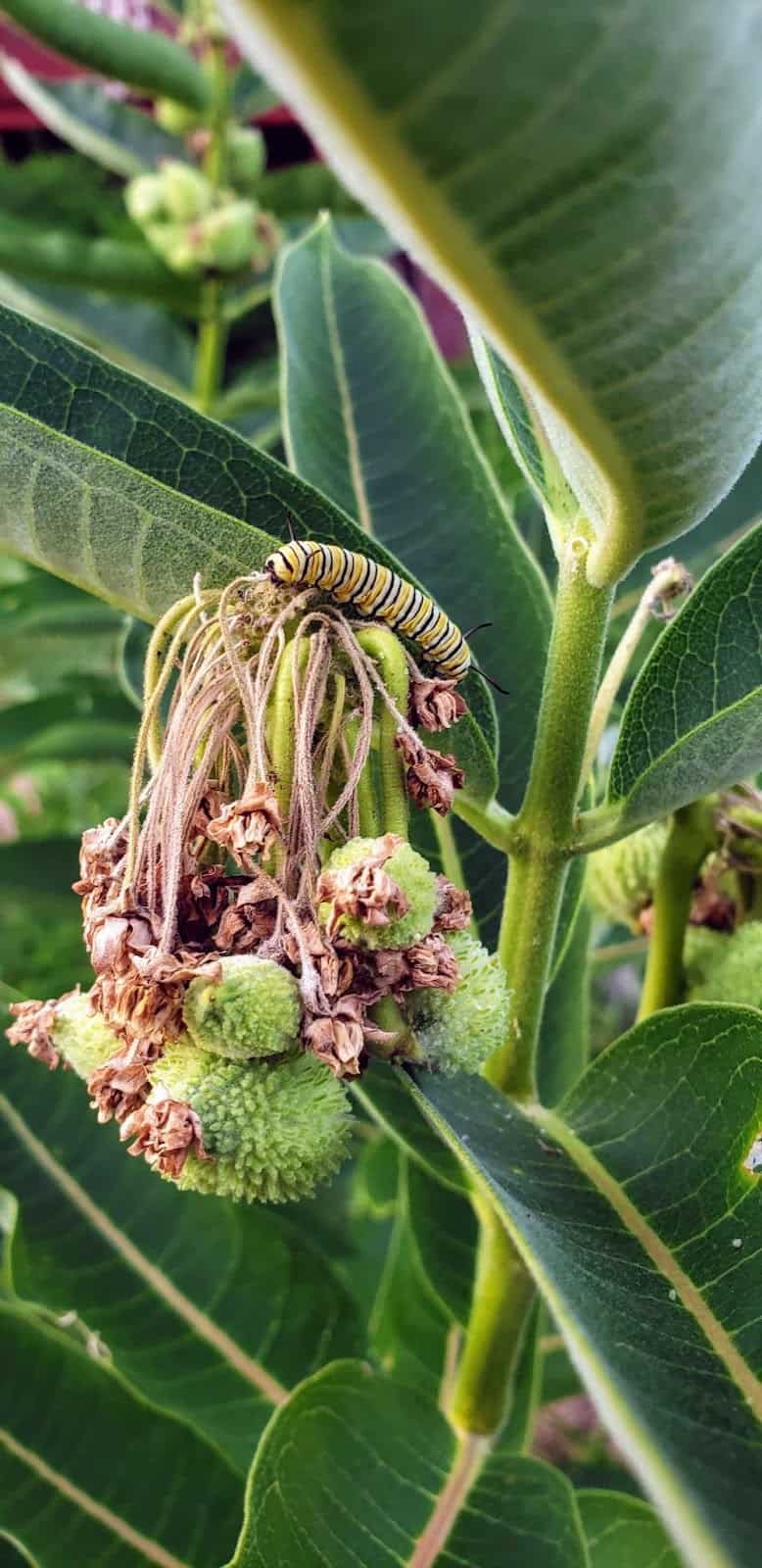
If you’re planting this year, remember to upload your details in HabiTally and make sure to tag us on IG or Twitter using #WeSowWeGrow ! Keep sowing and growing!

